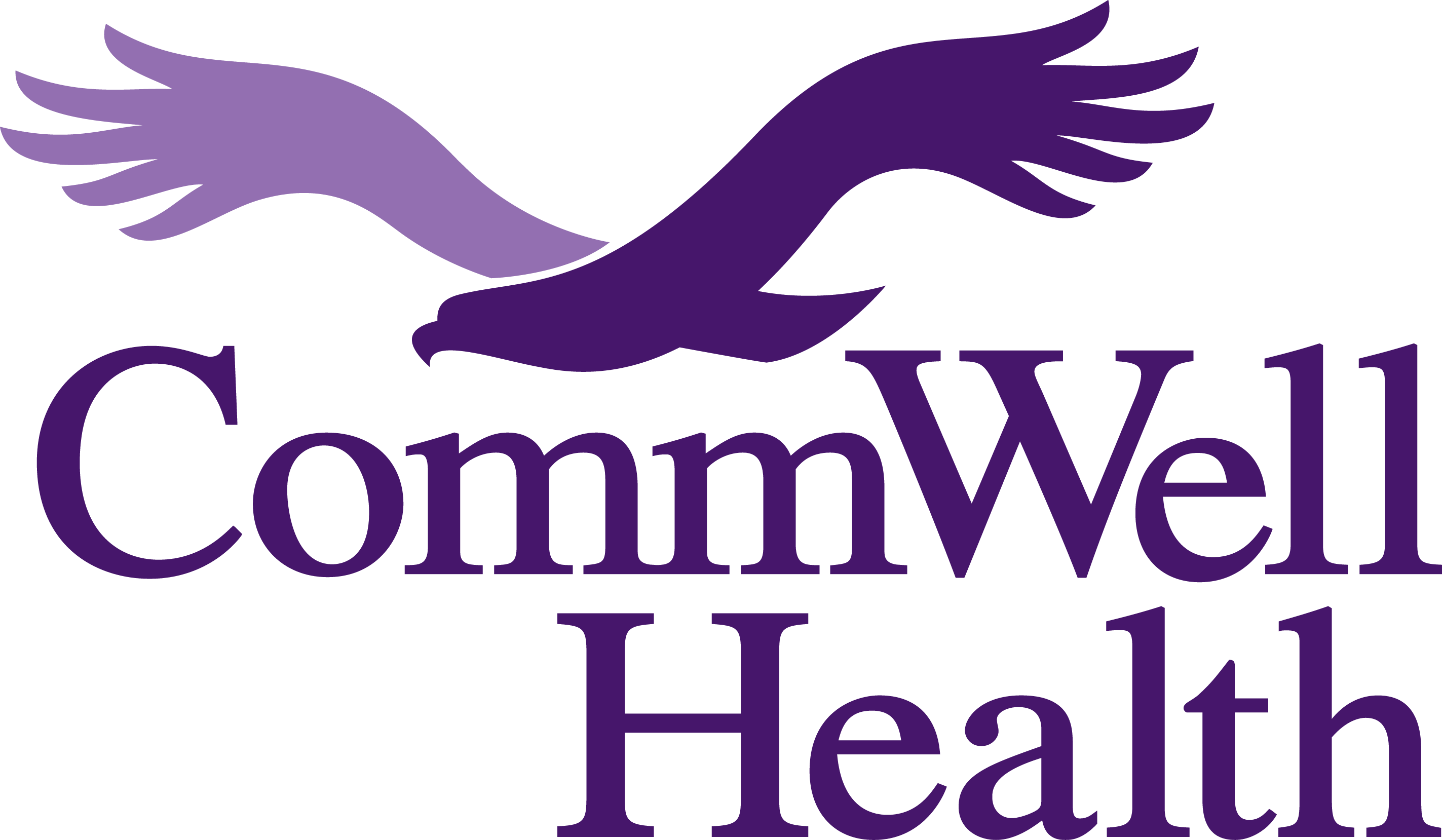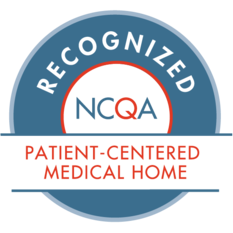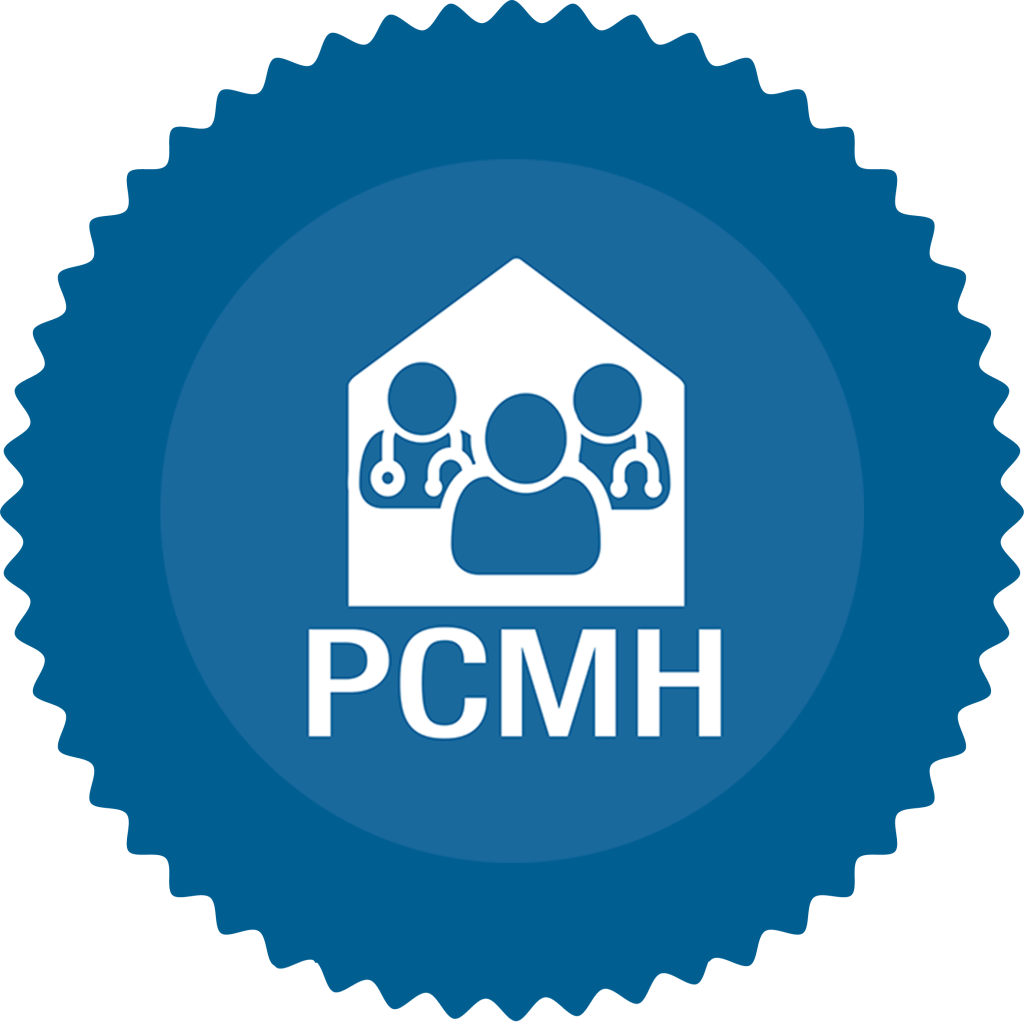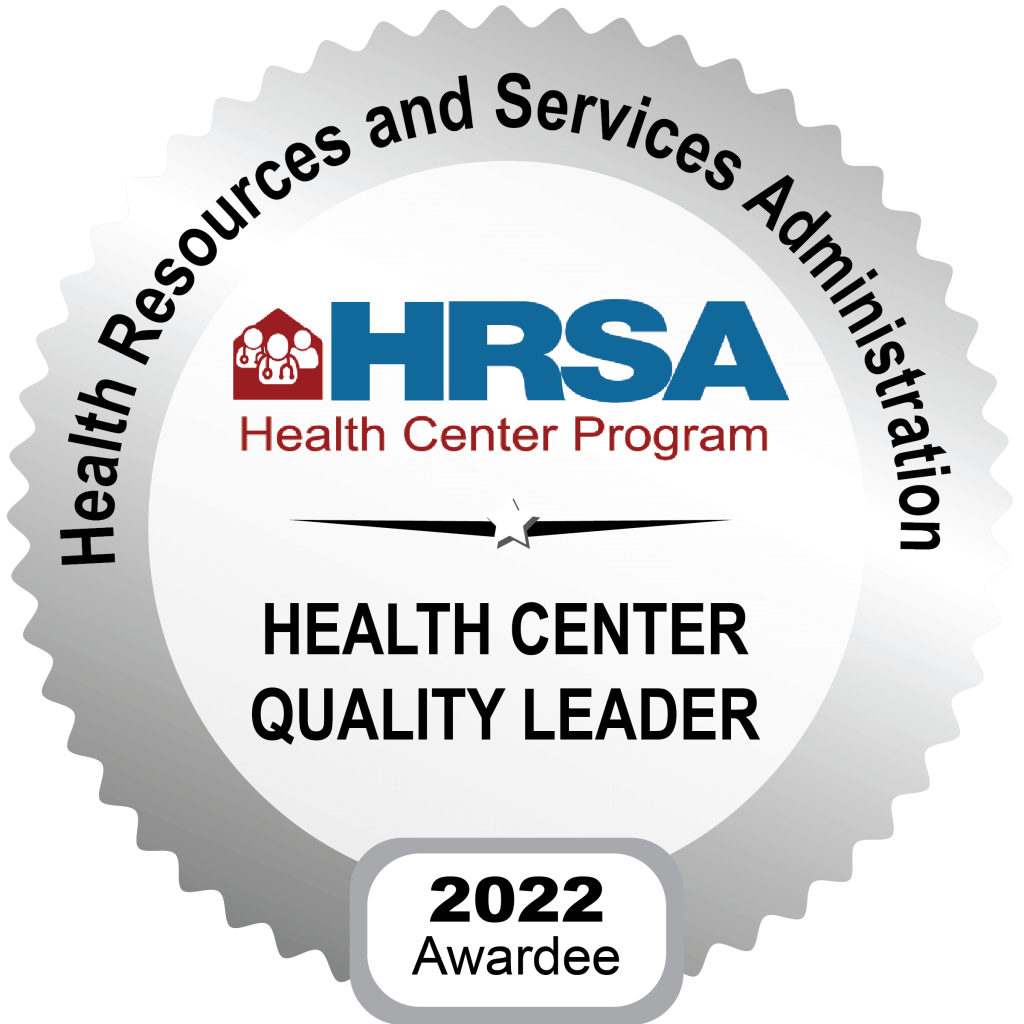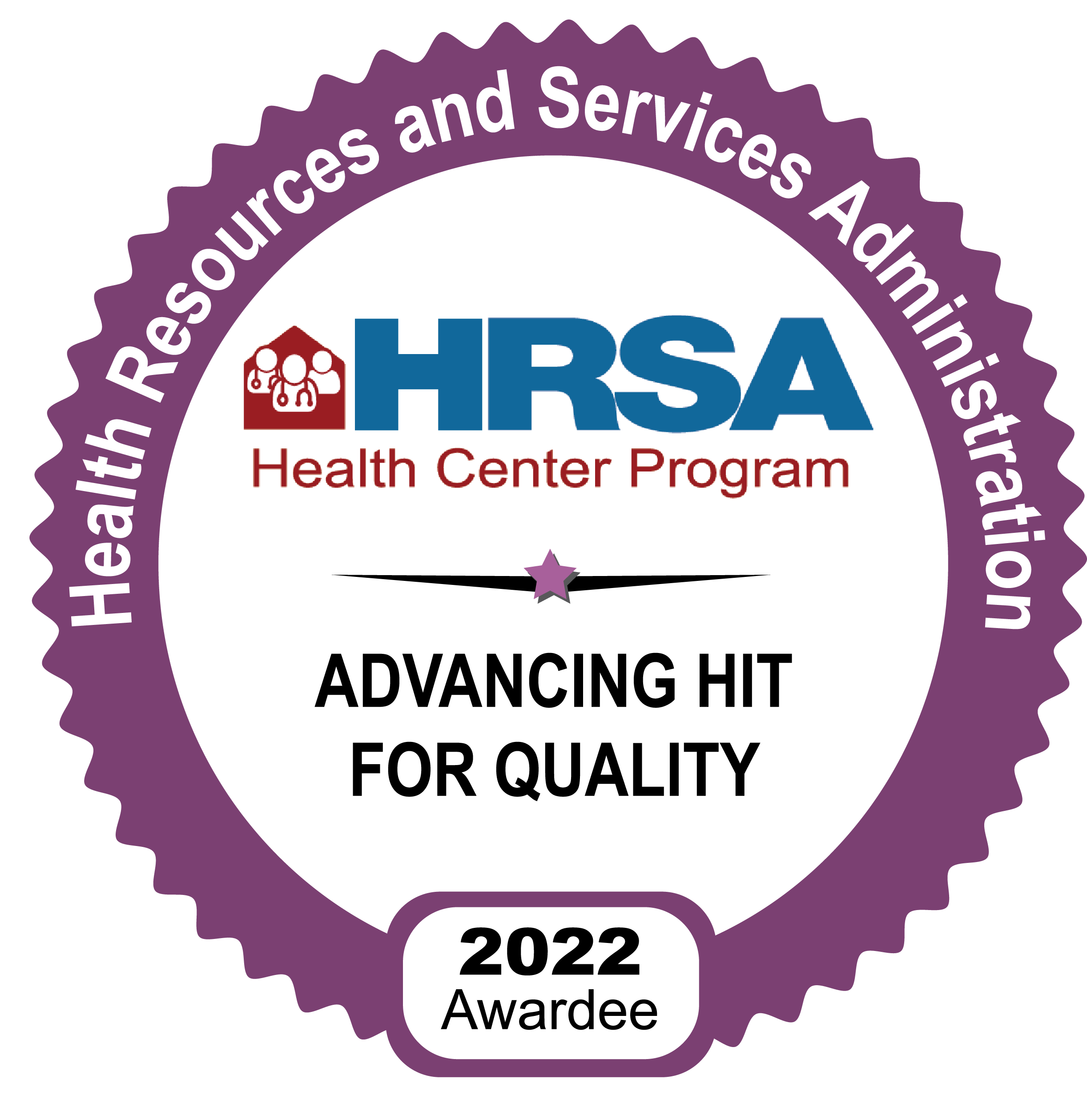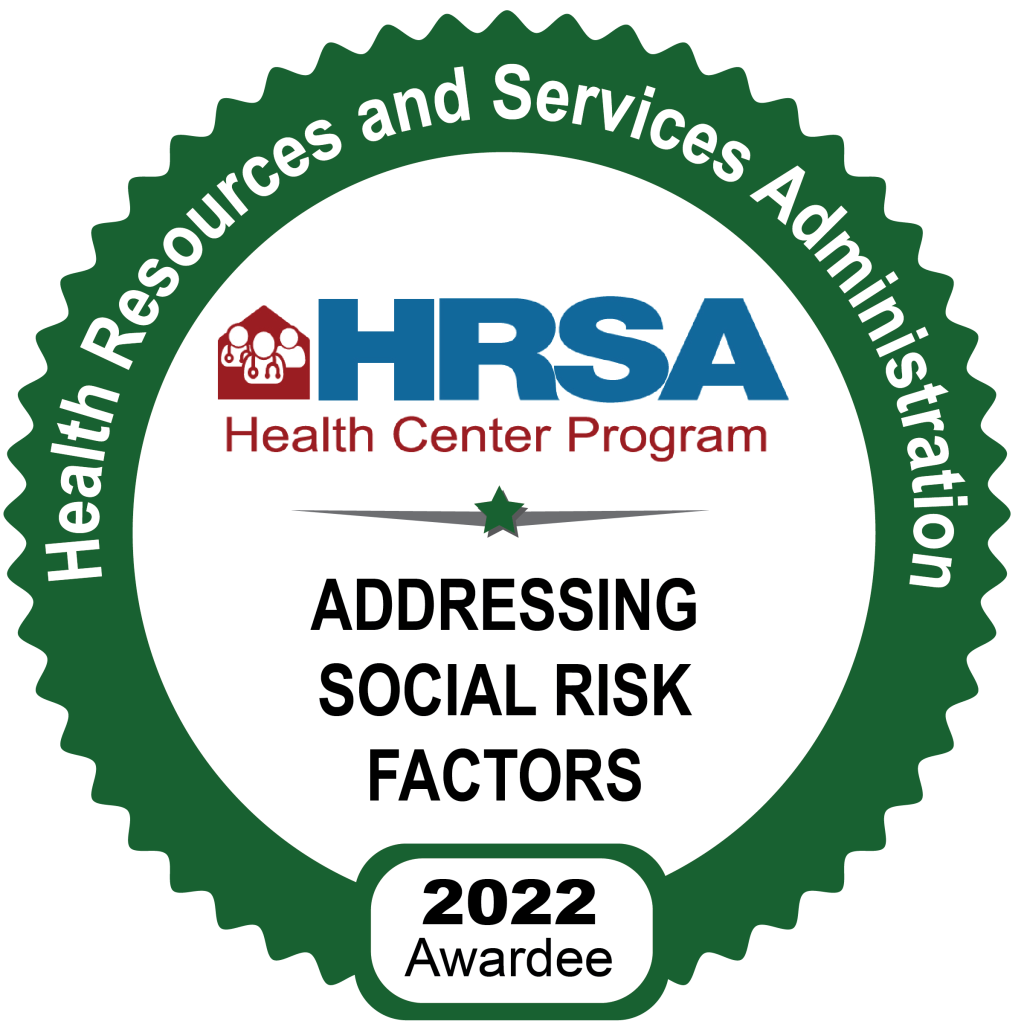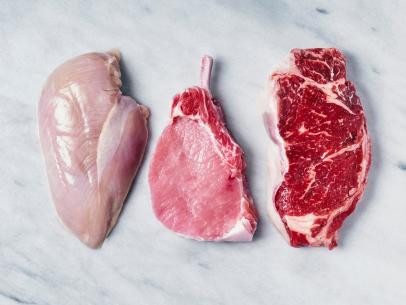
The coronavirus is not a foodborne pathogen, but you should still pay attention to how you prepare it.
By now, you’ve probably got your (stressful) pandemic grocery shopping routine down: You maintain social distancing, grab only what you and your family need, hit your hands with a dollop of hand sanitizer on the way out—and then wash them again as soon as you get home, and once more after putting all of those groceries away.
But what about when it comes time to finally eat all of those goods you picked up at the store—namely those fresh fruits, veggies, and other ready-to-eat or cook products. Are they safe to consume as-is—and does subjecting the new coronavirus to heat via cooking effectively kill it before it can enter your system?
RELATED: Is It Safe to Order Food Delivery During the Coronavirus Pandemic? Here’s What Experts Say
Can the coronavirus exist on food?
It is important to keep in mind that as of right now, “there is no evidence to support transmission of COVID-19 associated with food,” according to the Centers for Disease Control and Prevention. That’s primarily because SARS-CoV-2 primarily causes respiratory illness (unlike other viruses, like norovirus and hepatitis, which cause gastrointestinal illnesses). “Coronaviruses are generally thought to be spread from person-to-person through respiratory droplets,” the CDC says. Less commonly, a person can get COVID-19 by touching a surface or object contaminated with the virus, then touching their own mouth, nose or eyes.
The biggest concern regarding coronavirus and food safety, per the CDC, depends more on general hygiene than contaminated food—the organization recommends washing your hands with soap and water for 20 seconds before preparing or eating food, as well as doing so at other times throughout the day like after you sneeze or use the bathroom.
In general though, the SARS-CoV-2 is not thought to be a risk on food surfaces. “In general, because of poor survivability of these coronaviruses on surfaces, there is likely very low risk of spread from food products or packaging that are shipped over a period of days or weeks at ambient, refrigerated, or frozen temperatures,” says the CDC.
That being said, the organization still recommends implementing the same food safety measures you should always follow, like keeping raw meat separate from other goods, always refrigerating perishable items, and cooking meat to the right temperatures (more on that later). And when it comes to fruits and veggies, make sure to wash them off ASAP before eating—only water is sufficient; there’s no evidence that any other techniques (like using a combination of vinegar and water) are any more effective. And please, never wash anything you’ll consume with any cleaning products of any sort.
RELATED: People Are Coughing on Food and Pretending to Have Coronavirus—Why Would Someone Do That?
Does cooking food kill coronavirus?
Again, while experts maintain that the new coronavirus is not a foodborne pathogen, it’s still a good idea to cook food to the proper internal temperatures—and doing so would also likely reduce any amount of virus on the food, says Sheldon Campbell, MD, PhD, a Yale Medicine pathologist who is the associate director of Yale Medicine’s Clinical Microbiology Lab. There is, of course, on exception to that: “[As long as] the food isn’t contaminated by handling after it cools,” he adds.
Urvish Patel, MPH, medical advisor for eMediHealth, explains that many viruses in general are heat-sensitive, and coronaviruses in particular tend to survive for shorter periods of time at higher temperatures and higher levels of humidity than in cooler, dryer environments. Of course, because SARS-CoV-2 is so new, there’s no current data or studies to establish a temperature-based cutoff for inactivation, but that it will likely act very similarly to other coronaviruses.
Patel also adds that, because of this, “all measures should be taken care of considering standard guidelines for food cooking.” According to the CDC, those proper temperature guidelines for cooking—which not only prevent the growth of viruses but also bacteria on foods—include internal temperatures of:
- 145°F for whole cuts of beef, pork, veal, and lamb
- 160°F for ground meats, such as beef and pork
- 165°F for all poultry, including ground chicken and turkey
- 165°F for leftovers and casseroles
- 145°F for fresh ham (raw)
- 145°F for finfish or cook until flesh is opaque
RELATED: Do You Have to Disinfect Groceries? Here’s What You Need to Know About Shopping and Coronavirus
Another important point: Just because you’ve previously cooked food doesn’t mean you can stop worrying about proper food safety—Patel says it’s imperative to refrigerate food within two hours of preparation (that gets cut down to one hour if the temperature outside is above 90 degrees Fahrenheit). And overall, keep this temperature range in mind: 40 degrees Fahrenheit to 140 degrees Fahrenheit—that’s considered the “danger zone” in which food—cooked or uncooked—is at “an unsafe temperature and promotes the growth of organisms.”
The information in this story is accurate as of press time. However, as the situation surrounding COVID-19 continues to evolve, it’s possible that some data have changed since publication. While Health is trying to keep our stories as up-to-date as possible, we also encourage readers to stay informed on news and recommendations for their own communities by using the CDC, WHO, and their local public health department as resources.
To get our top stories delivered to your inbox, sign up for the Healthy Living newsletter
ed to your inbox, sign up for the Healthy Living newsletter
